The Residence of the Starter of Five Vanderbilt Cup Races -Fred Wagner- Rediscovered in Smithtown
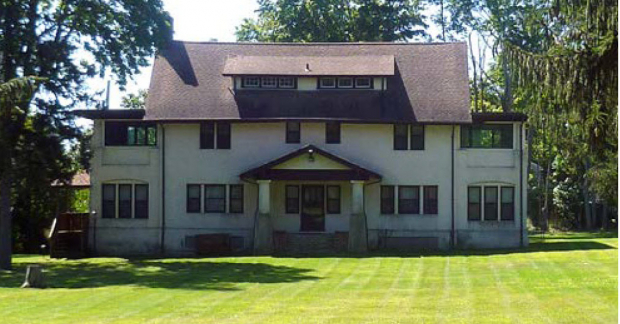
Fred J. Wagner was the premier race starter in the early 1900s including: all the Long Island Vanderbilt Cup Races with the exception of the 1904 race. Researcher Corey Victoria Geske has recently revealed that a beautiful Smithtown residence built in 1913 was the residence of Fred and Nancy Wagner. The residence was placed on the National Register of Historic Places in 2019.
Corey Geske's findings were recently published in the Preservation Notes Newsletter of Preservation Long Island, an organization where I was formerly on their Board of Directors. Below are highlights from the newsletter and further documentation of the omnipresent Fred Wagner.
Enjoy,
Howard Kroplick
Preservation Notes Newsletter Fall 2017
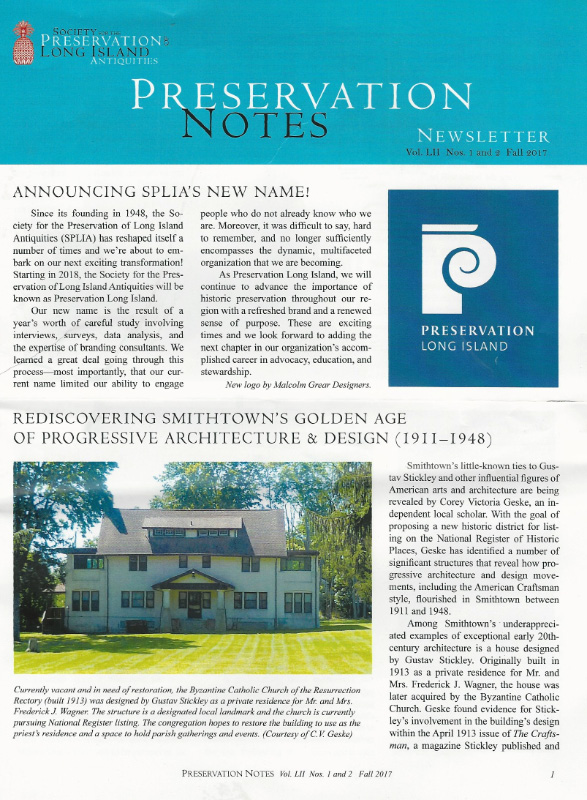
Rediscovering Smithtown's Golden Age of Progressive Architecture & Design
Preservation Long Island (SPLIA)
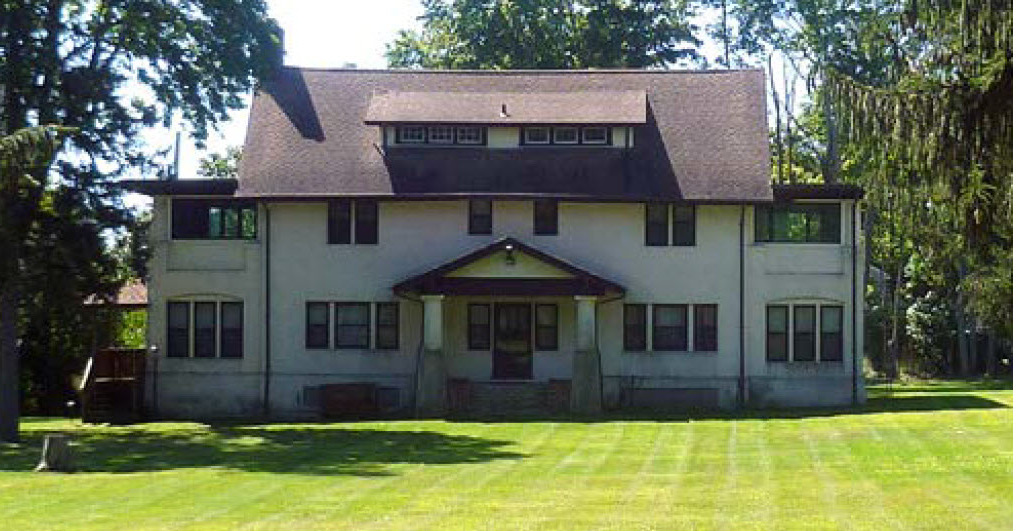
The building is currently vacant. However, the Byzantine Catholic Church of the Resurrection, the current owner, has plans to restore it as a rectory and meeting place.

Wagner's residence was designed by architect, furniture designer and publisher Gustav Stickley (1858-1942).
Stickley was the leading proponent of the American Craftsman style.
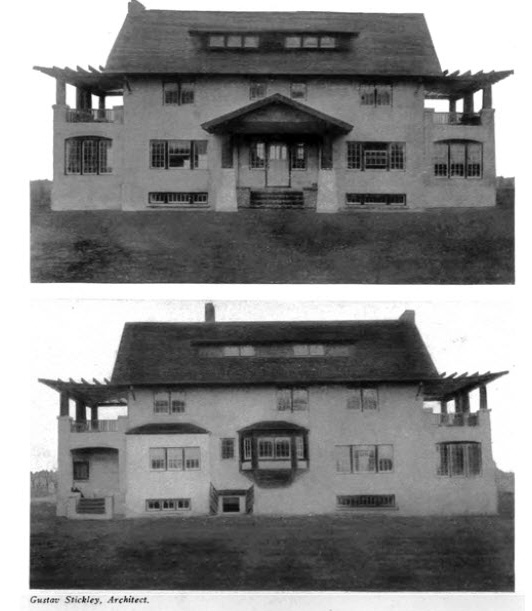

From a 1913 article published in The Craftsman.
Documentation of Fred J. Wagner
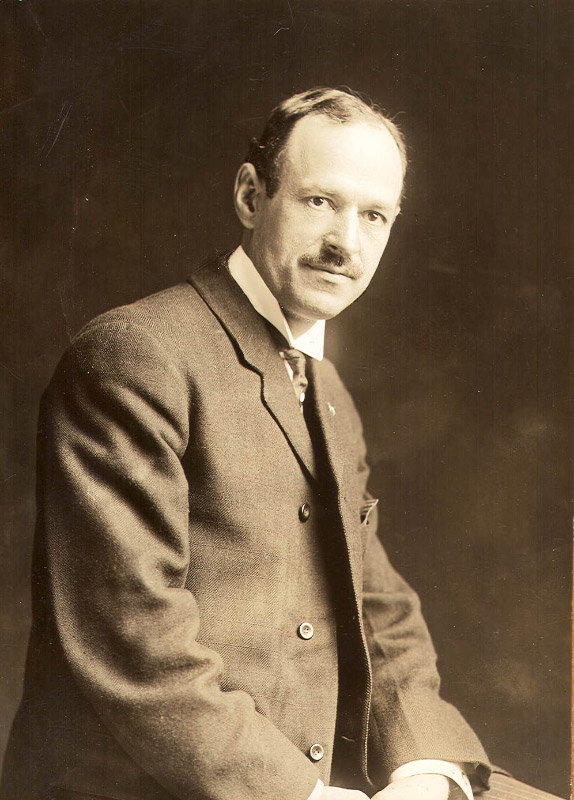
To assist in the effort to place Wagner's former residence on the National Register of Historic Places, below are images and documents from my collection.
1905 Vanderbilt Cup Race
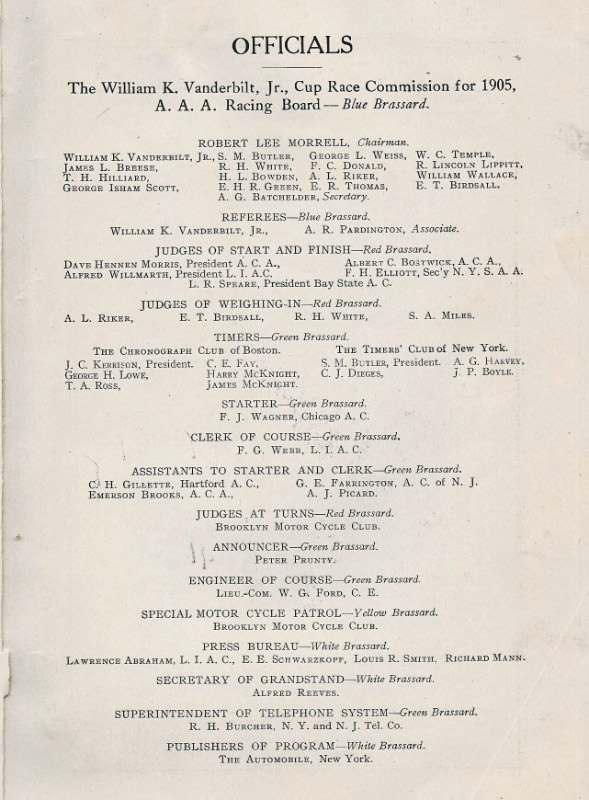
1905 race officials with Wagner listed as the Starter
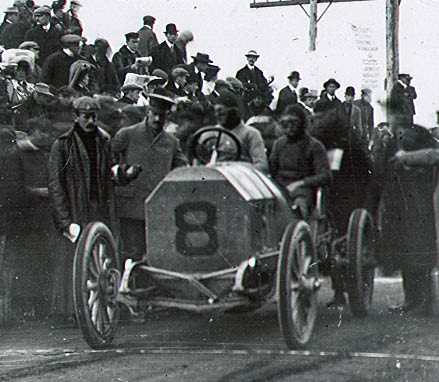
1906 Vanderbilt Cup Race
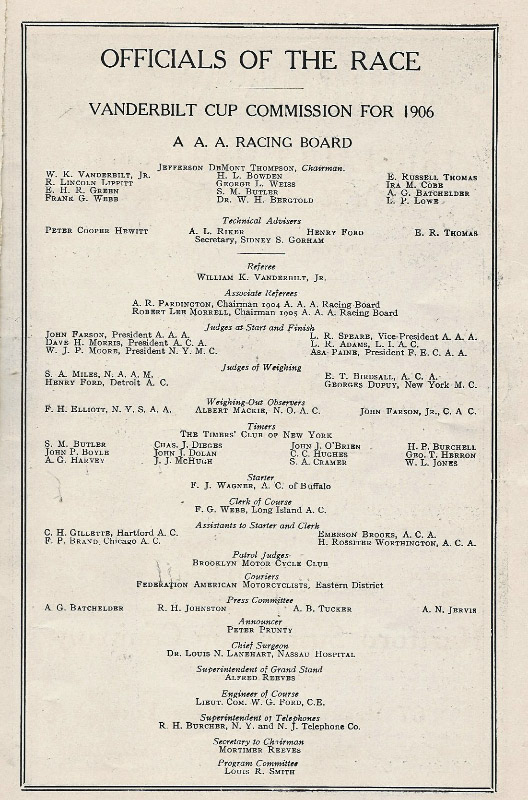
1906 race officials with Wagner listed as the starter.
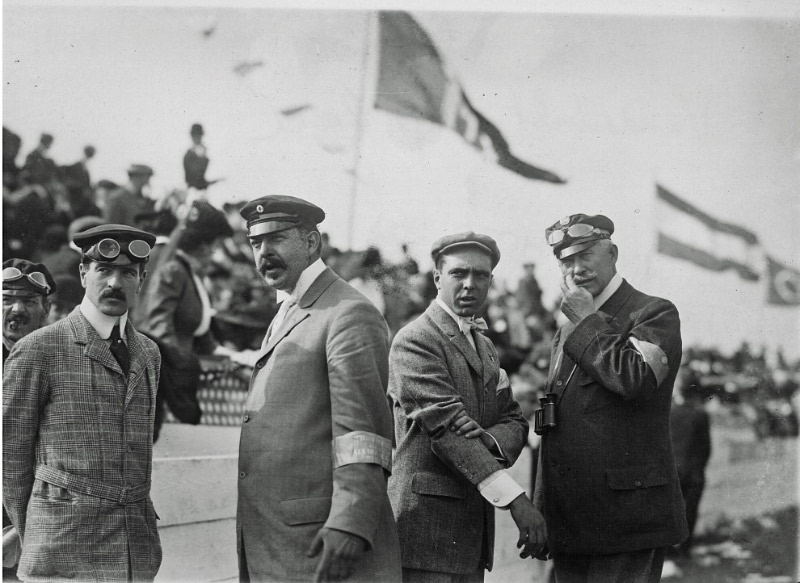
Wagner can be seen at the far left, right next to referee William. K. Vanderbilt, Jr.
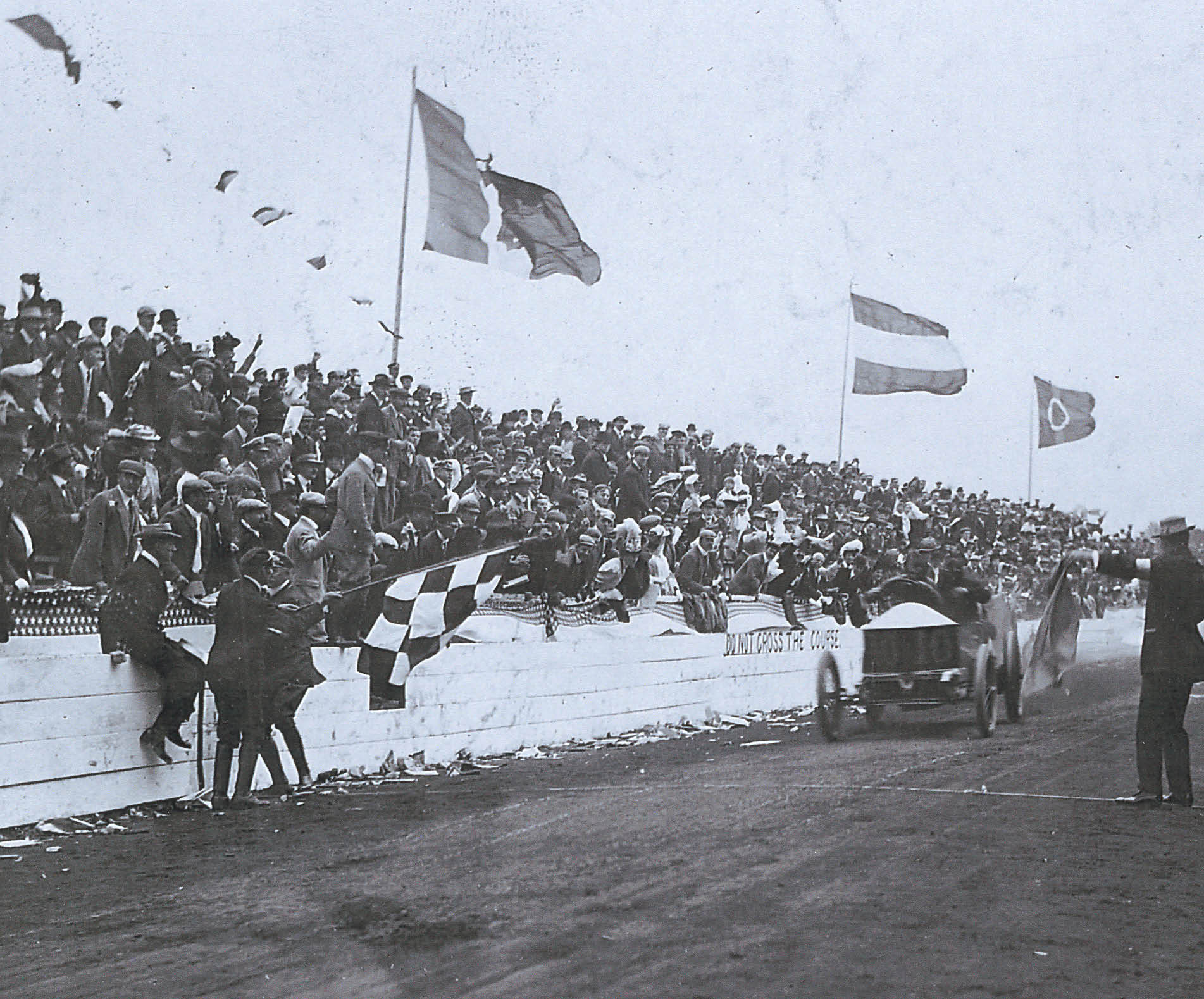
Wagner set racing history using a checkered flag for the first time to signify the winner.
1908 Vanderbilt Cup Race
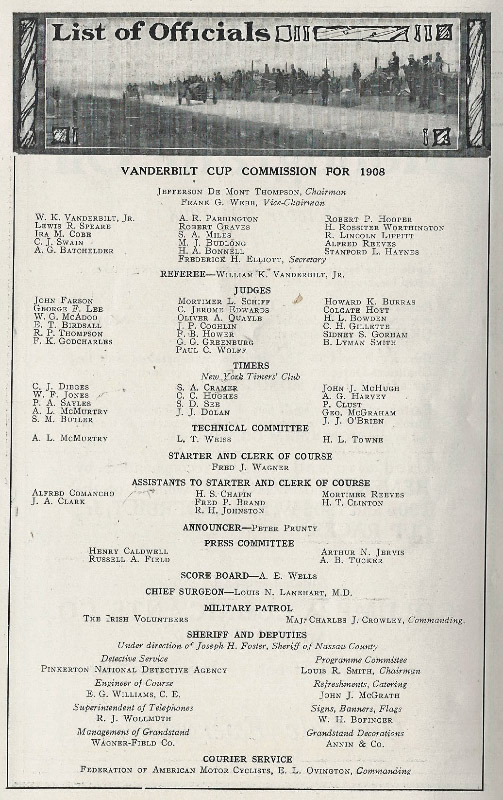
Wagner was listed as the 1908 Starter and Clerk of the Course.
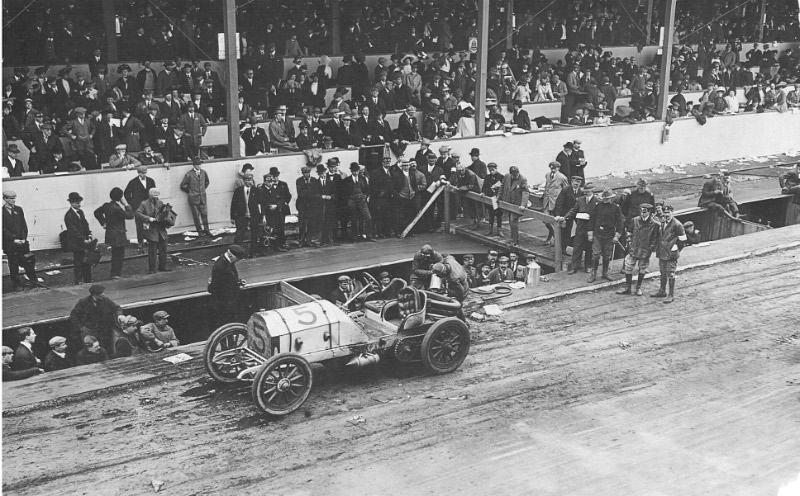
Wagner can be seen to the far right, next to referee William K. Vanderbilt, Jr.
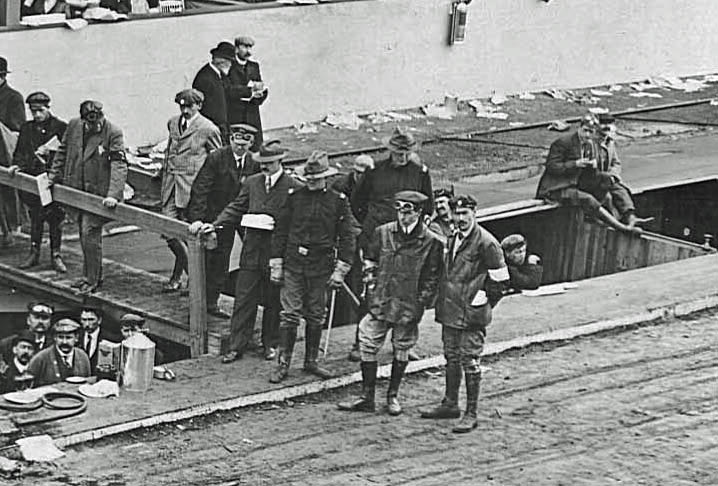
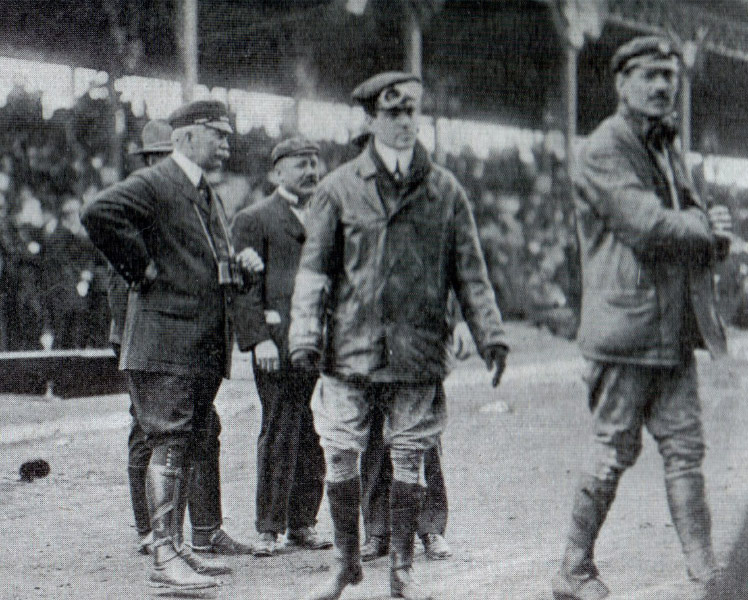
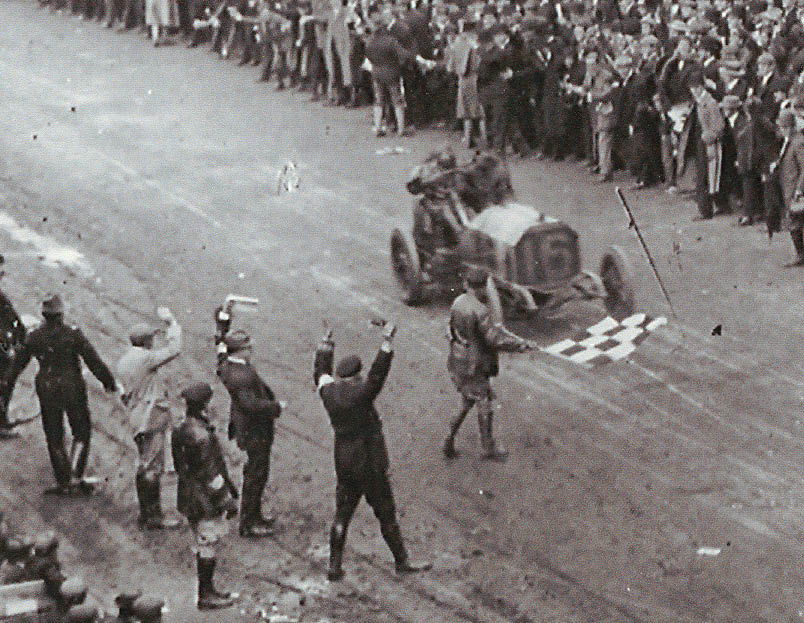
Wagner waved the checkered flag for the first American to win the Vanderbilt Cup Race.
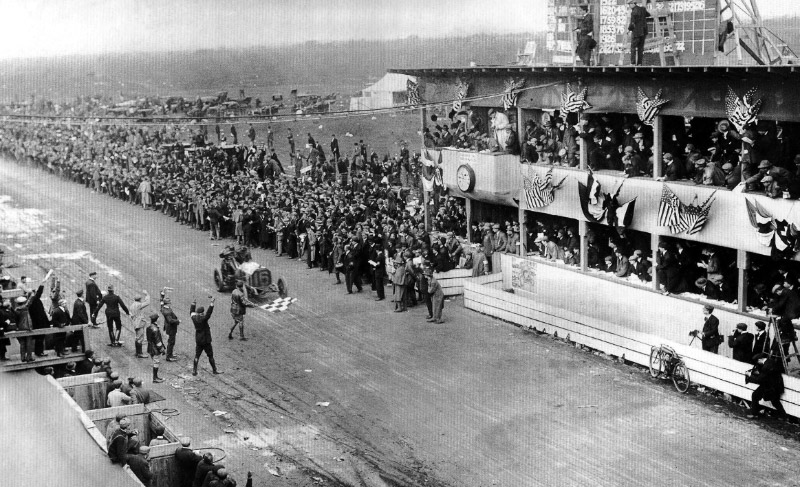
1909 Vanderbilt Cup Race
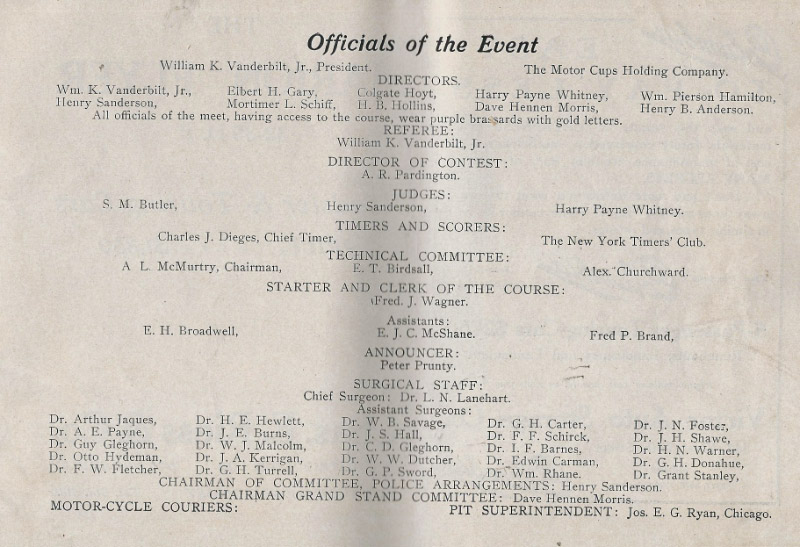
Wagner was listed as the 1909 Starter and Clerk of the Course.
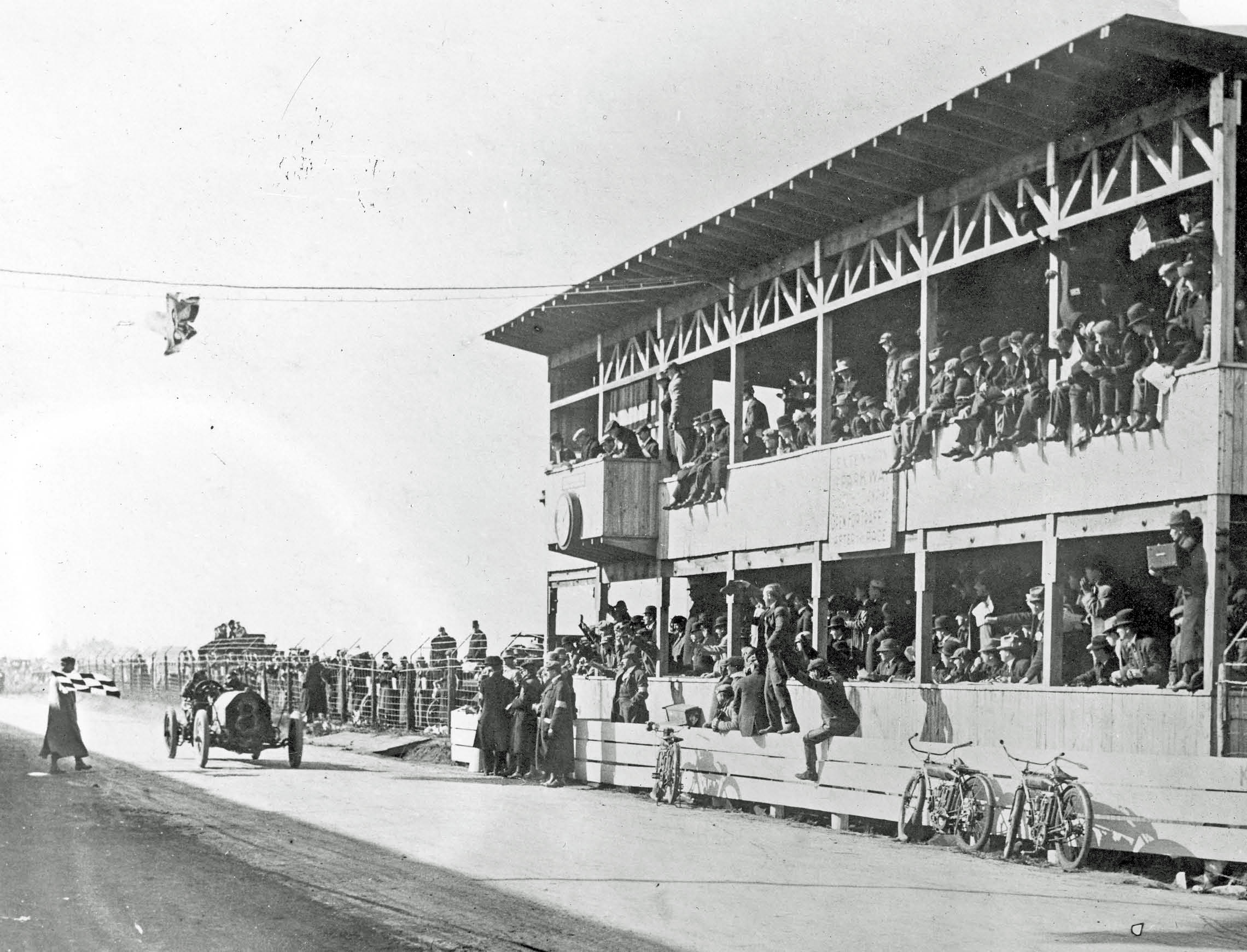
One of my very favorite photos, Wagner gave the checkered flag to Harry Grant in the Alco Black Beast.
1910 Vanderbilt Cup Race
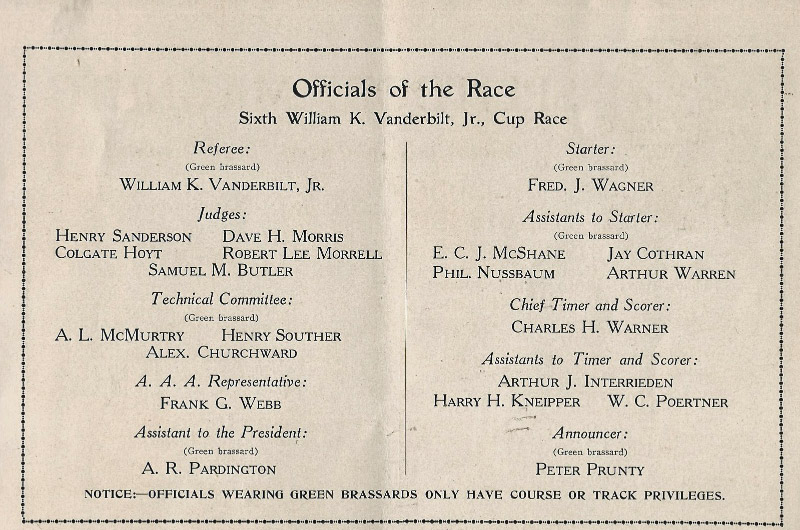
Wagner was listed as the 1910 Starter.
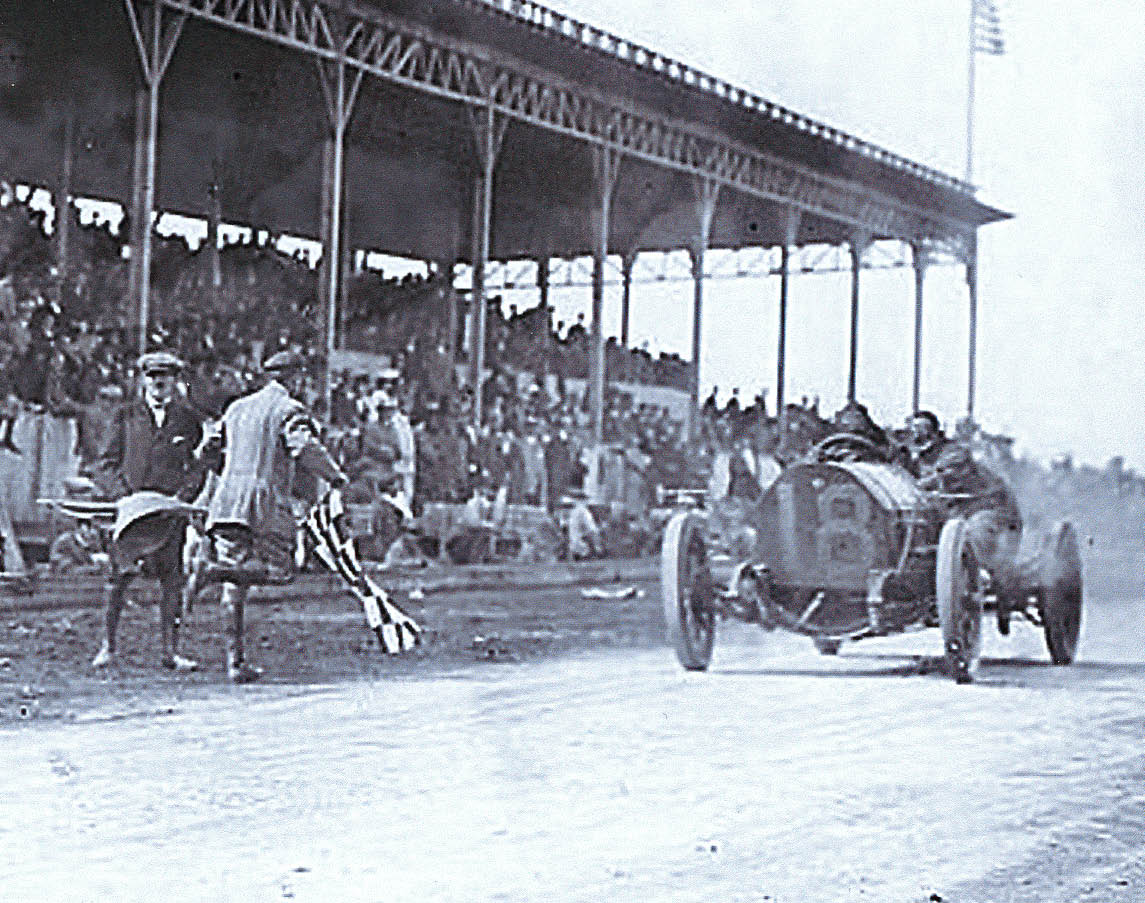
The Alco Black Beast again received the checkered flag from Wagner.
1911 Indy 500 Race
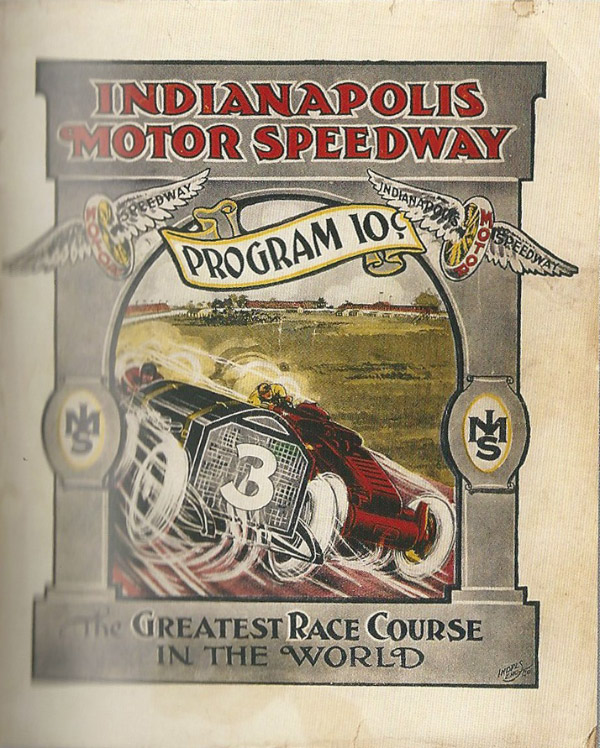
Fred Wagner was the starter for the first Indy 500 Race.
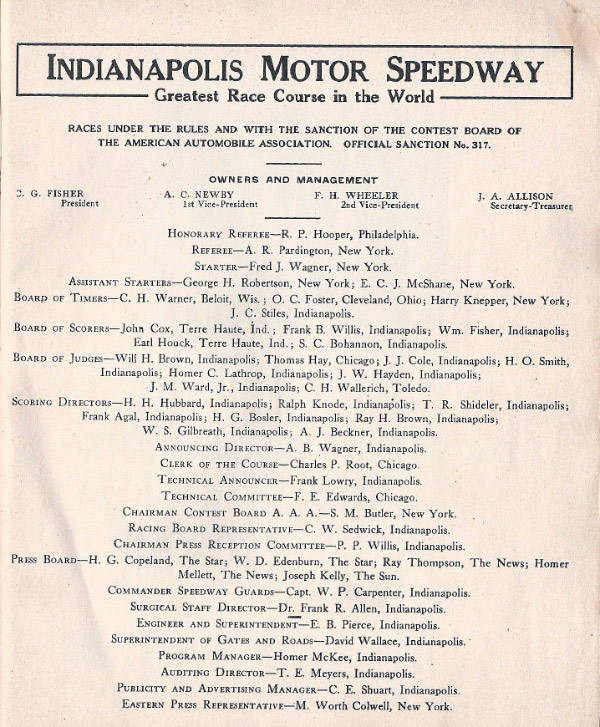
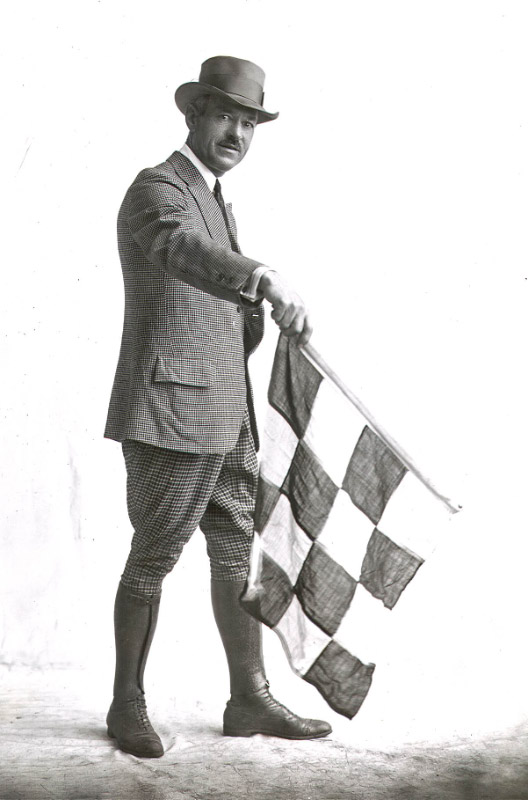
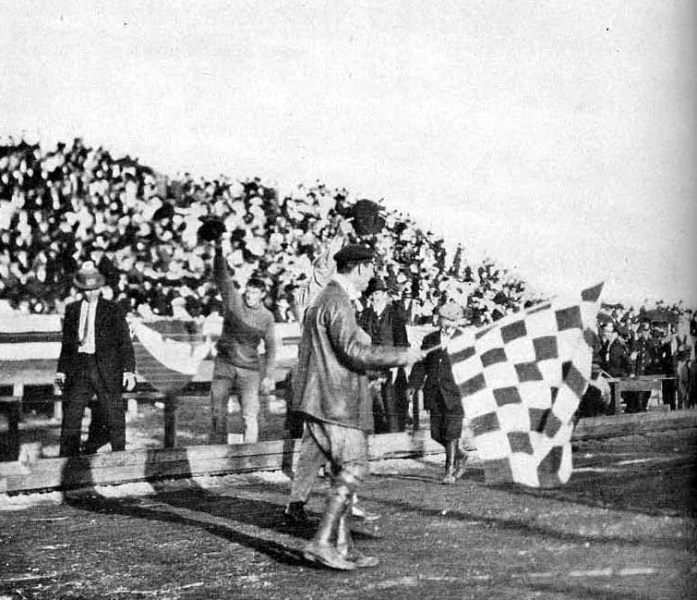
Wagner during a 1911 race.
Book: The Saga of the Roaring Road
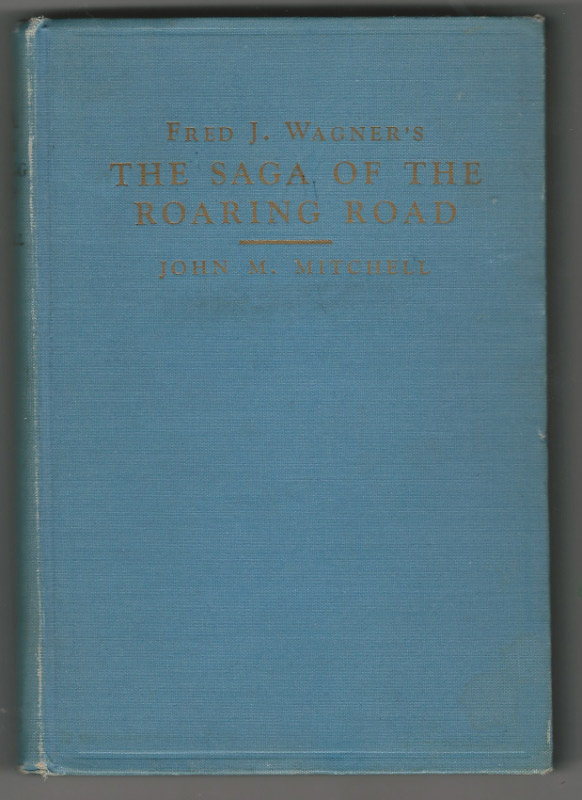
John Mitchel wrote this bookFred J. Wagner's The Saga of the Roaring Road. The book is courtesy of Belinda Lanphear and her father. Belinda's father was a design engineer whose work was used in the NASA missions.
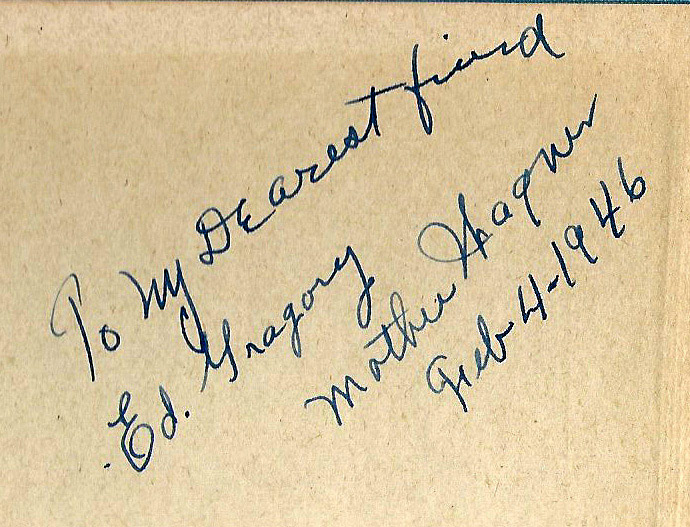
Belinda's great grandfather Ed Gregory received the book by Fred Wagner's wife Nancy (Mother Wagner) in 1946.
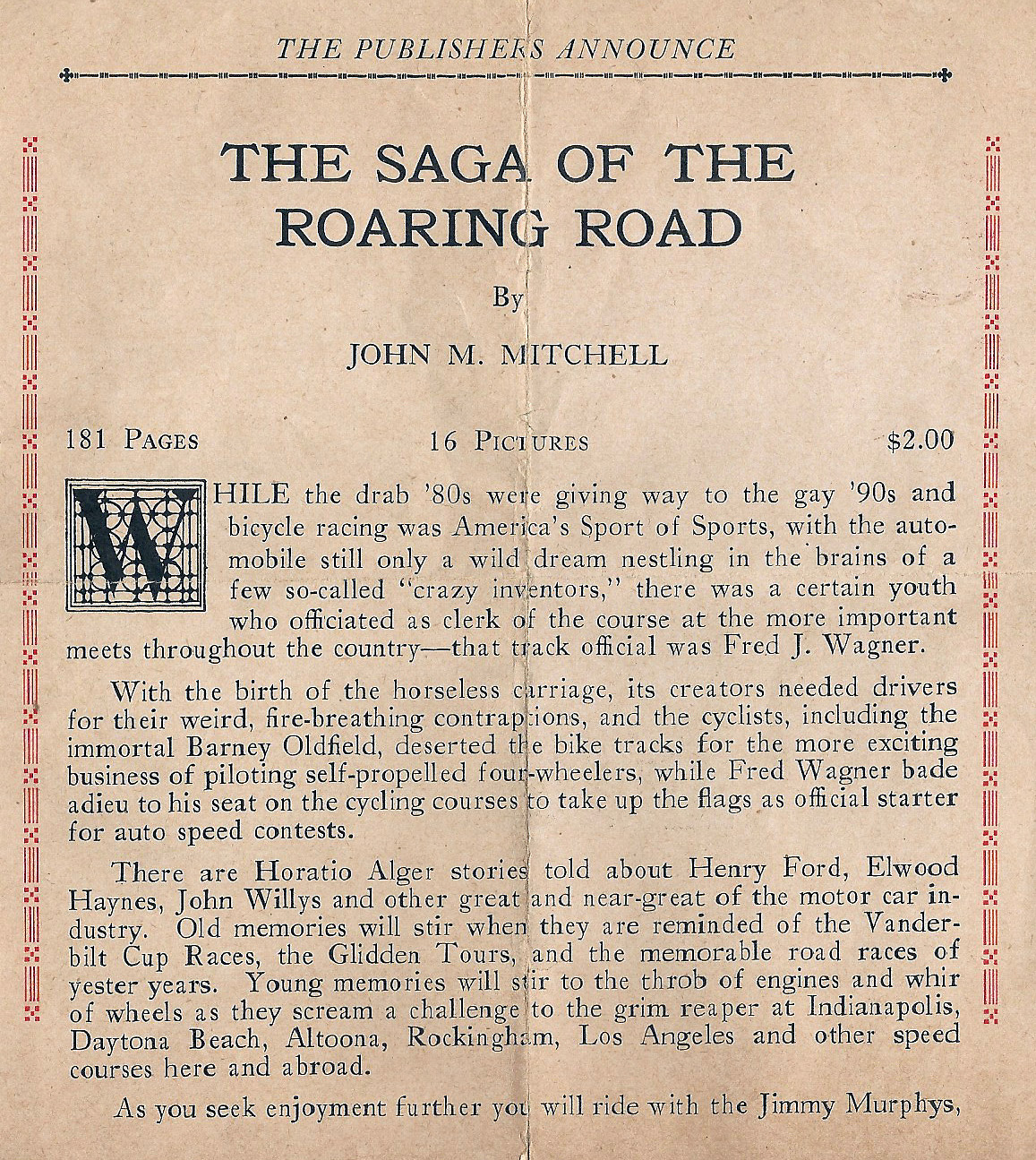
Courtesy of Belinda Lanphear.
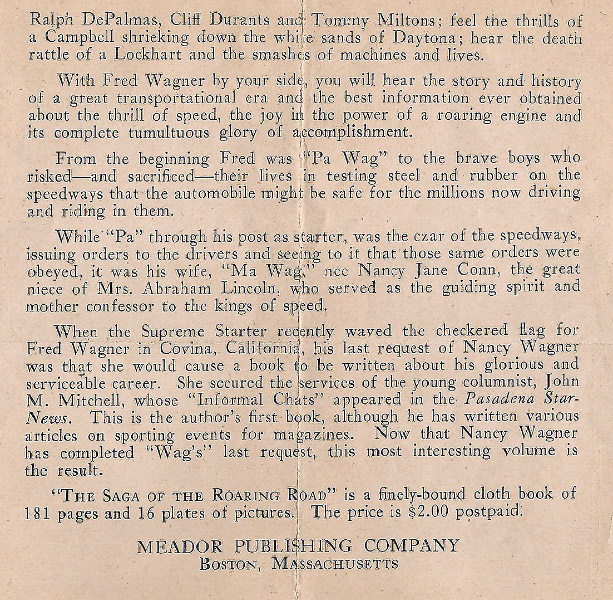
Nancy Wagner was the grand niece of President Abe Lincoln.
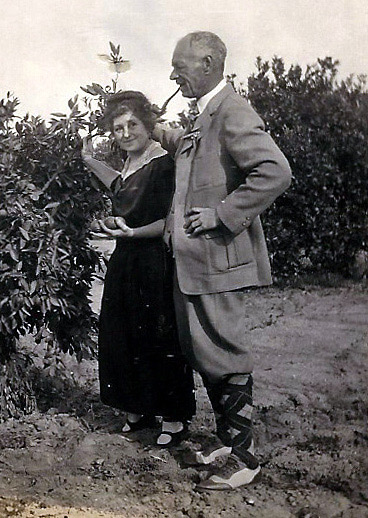
Nancy and Fred Wagner. Courtesy of Belinda Lanphear.




Comments
Just another one of those great little facts of the “Vanderbilt Cup Races & MotorPky”. I bet Mr Wagner would never dream he be written about, a 107 years latter. That what make this great, Fun and exciting! In other words this would be dead forever, if not for a few people like us or this website, that search & follow the “Vanderbilt Cup Races & Motorpky”. Those people & This website keep it alive. Thank you Howard. Joseph DeBono
This information/story is absolutely tremendous! thank you Howard and thanks to all who provided information. What a perfect way to start the day off by read this . I really appreciate all the effort that goes into making this web site a treat to read every week.
So cool. Fred Wagner was arguably the most renowned flag man in early US motor racing. He was a fixture of the A.A.A. and officiated hundreds of key races. His book Saga of the Roaring Road has some terrific stories.
I live a few blocks from the house and drive past it daily. I’ve ridden my bicycle around it a couple of times and studied the house. As an artist, I always suspected there was an interesting story behind it.It is incredibly well built. Despite years of standing empty and unattended it appears still to be very restorable. I had no idea who the original owner was or who designed it. Thank you Howard for educating us, I will certainly look at it differently from now on!
Thank you, Howard, for all your help in the successful effort to place The Residence of the Starter of Five Vanderbilt Cup Races, Fred J. Wagner, on the National Register of Historic Places! The New York State Review Board for Historic Preservation unanimously approved his home for the State Register on June 13, amazingly, the 150th Anniversary of Fred’s birth in 1869. Designed by Gustav Stickley, Fred’s home qualified under three criteria, notably Criterion B, as nationally significant “for its association with the life of Frederick J. Wagner of national and international auto racing fame.” Officially cited as the ‘Frederick and Annie Wagner Residence’ (Annie was Nancy’s nickname), both the Stickley rectory and adjacent church (originally built as St. Patrick’s R.C. Church) belonging to the Byzantine Catholic Church of the Resurrection in Smithtown, are now listed on the National Register. Many thanks, Howard, for your blog picturing your great collection of materials about Fred, all cited throughout the Register Nomination I prepared. Thank you for helping to preserve Long Island’s historic treasures in Smithtown! P.S. As you suggested, I’ve bought a checkered flag. To borrow a line from Field of Dreams, if I wave it, will the auto shows come?
Howard, here’s the working link for the PLI Newsletter that connects, so you can use it in your blog (the one there now isn’t connecting). Its
https://preservationlongisland.org/wp-content/uploads/2018/06/PN-Fall-2017-for-website-upload.pdf
From Art Kleiner:
An article about Fred Wagner resigning his post as president of a publishing company to devote time to his Long Island farm. From “The Motor World”, Nov. 2, 1911, two years before the house was built. But he remained an official A.A.A. starter. And maps from E. Belcher-Hyde (1917) and Google (current).
Thank you, Art for that article – a real find. Indeed, when Wagner retired from the Horseless Age, he began writing for House Beautiful magazine wherein he wrote about his own ‘House Beautiful’ when it was completed in Smithtown. When he bought the property, it was on what the 1909 Belcher Hyde Map called Auto Avenue (perhaps in anticipation of Fred’s interest in the area). By the summer of 1913, Auto Avenue was called Edgewater Avenue; and it was only a few minutes walk east of A.R. Pardington’s family home Oakwell. Fred’s home in Smithtown is considered nationally significant and is the only example of the Van Guilder concrete construction method (double wall sandwiching insulating air between, thermos-bottle style) used by Stickley in the United States. There is a pattern of starter flags in the brick headers above the Living Room hearth, a feature illustrating why Stickley wrote in his Craftsman magazine about how he designed the house with the Wagners‘ participation.
From Art Kleiner:
Thanks for the additional information, Corey! I found Auto Avenue as you noted in the Belcher Hyde Map of 1913. Do you know exactly where Pardington’s Oakwell home is actually located?
On the 1917 map Art provided, A.R.‘s house was located just north of Main Street, above and about midway between the I and T in SMITHTOWN. Oakwell was just west of the present LIRR trestle over Main and the Smithtown Bull, but the house was demolished for a restaurant—it would be nice if someday a commemorative marker could be placed at that location in honor of A.R’s work. A.R. enjoyed a beautiful view of the Nissequogue River near the Riverside Inn and Riverside Garage, where in 1912, he photographed more than a dozen automobiles during one of Fred Wagner’s annual picnics for the auto industry held from 1911 to 1922 at his Smithtown property and later at his home called ‘Sunnybrook’. Pardington first bought land in Smithtown in 1909; petitioned the Town Board to allow the extension of the Vanderbilt Motor Parkway into Smithtown in 1910; and by 1911, A.R., the man whose family credited him with inventing the checkered flag, and Fred Wagner the first man photographed waving the checkered flag at the 1906 Vanderbilt Cup Race, were relocating their families to the new suburbia, reached via the Vanderbilt Motor Parkway!
With their contacts in the automobile industry, Fred J. Wagner and Russell A. Field joined together in 1908 to form the Wagner-Field Automobile Advertising Agency. Little doubt one of their first customers would be the Vanderbilt Cup Race, run the same month; the firm was tasked with promoting the grandstand and parking areas. Wagner later returned in 1917 to be Advertising Manager to “The Horseless Age”, of which he left in 1911. Articles courtesy of The Motor World, The Automobile and The Horseless Age.
Great articles, Art. They add to the following research excerpted from the National Register Nomination I prepared (Section 8, pp. 17, 25) for Fred Wagner’s home. Fred’s move to the NYC area in 1907 coincided with his officiating at the Vanderbilt Cup Races. His work in advertising and publishing, earned him the money to build his dream home in Smithtown. In 1908, Mr. and Mrs. Fred Wagner and Mr. and Mrs. Russell Field were listed among the New Yorkers attending a dinner given by the city of Bridgeport in honor of the city’s Locomobile Company’s win at the Vanderbilt Cup Race. In 1909, The Wagner-Field Company enjoyed a “high reputation as advertising experts in the motor field” and moved to the new Goodrich Building at 1780 Broadway. Later in 1909, Fred moved on as president of the journal Motor Age, and the Wagner-Field Advertising Agency became the Bromfield-Field Company. In 1910, when Fred first bought land in Smithtown, he was owner and president of the Horseless Age Company, publishers of the weekly Horseless Age, the “First Automobile Journal in the English Language” founded in 1895, reporting his occupation as “book publisher” on the 1910 Census. When he retired in 1911, he sold his shares at a profit, which likely funded his purchase of land and building his home in Smithtown. By 1913, automobile colleagues Pardington and Wagner, who officiated at the Vanderbilt Cup Races, were living in Smithtown a few minutes’ walk west and east of where the Smithtown Bull now stands. Pardington was at ‘Oakwell’ with his wife and two daughters [beside the car driven by A.R., photo Courtesy of Pardington Collection, Richard H. Handley Collection of Long Island Americana, Smithtown Library}; and Wagner was at his ‘Sunnybrook Farm’ with his family [photo, Courtesy of Cornell University Fine Arts Library].
Click here to Download this file
Fred Wagner’s home under construction in Smithtown, summer 1912 as seen in The Building Age, September 1912 [photo Courtesy of Cornell University Fine Arts Library].
Is this thread still open? When exactly was the “St. Patrick’s Roman Catholic Church” converted into the “Resurrection Byzantine Catholic Church?” I was looking to add pictures of the church to Wikipedia, but when I saw it, I thought it was the wrong church.